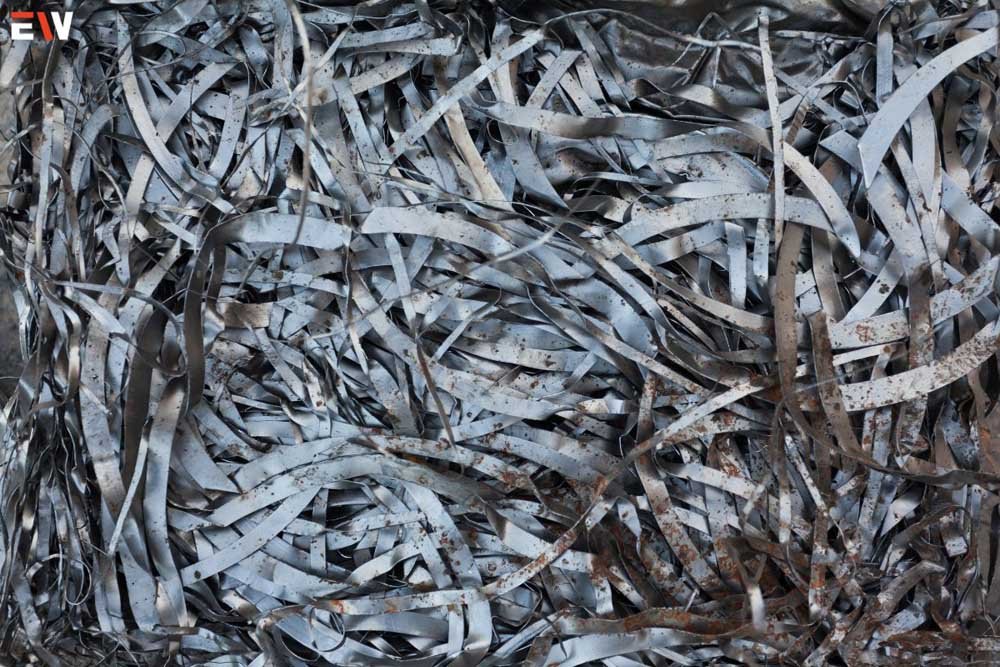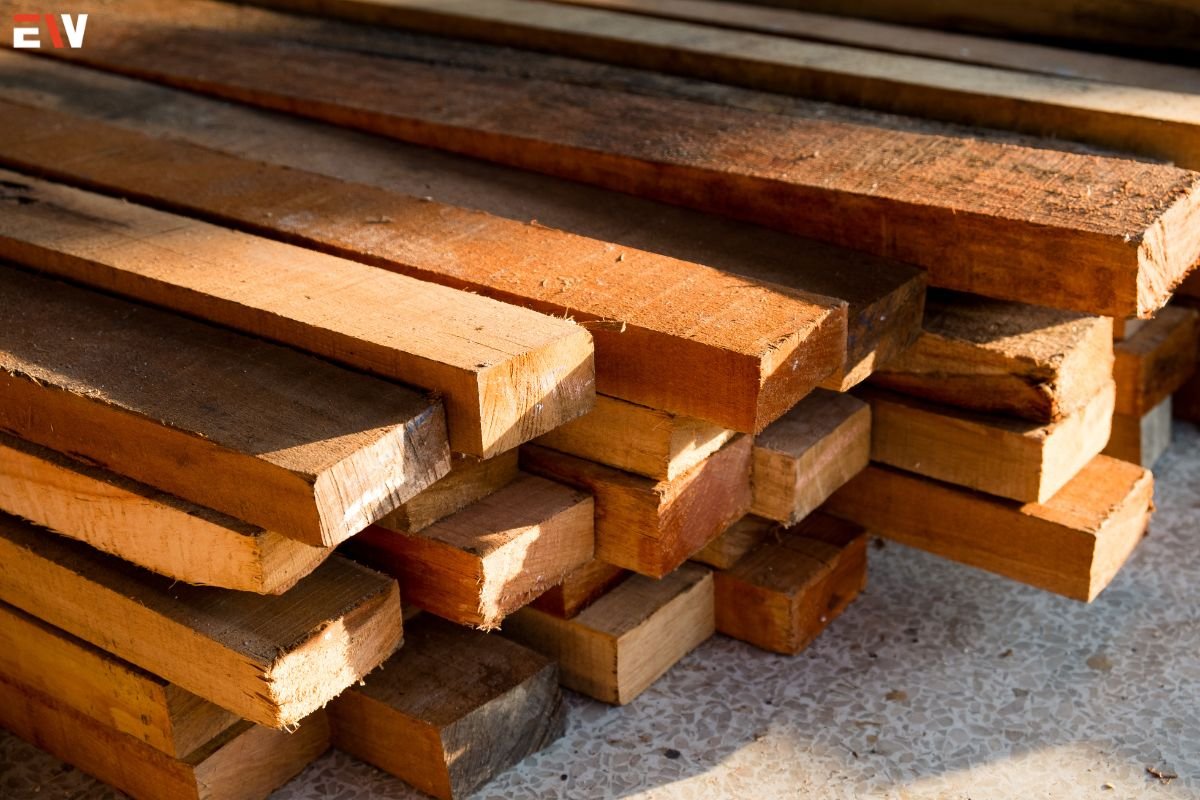As environmental concerns continue to rise, the construction industry is under increasing pressure to adopt sustainable practices. Eco-friendly construction materials are essential in reducing the environmental impact of buildings, improving energy efficiency, and promoting healthier living environments. This article explores various eco-friendly construction materials, their benefits, and their applications in sustainable building projects.
Benefits of Eco-Friendly Construction Materials
1. Reduced Environmental Impact:
Lower Carbon Footprint
Eco-friendly materials often have a lower carbon footprint compared to traditional materials. They are produced with less energy, emit fewer greenhouse gases, and can be sourced locally to reduce transportation emissions.
Sustainable Sourcing
Many eco-friendly materials are derived from renewable resources or recycled content, minimizing the depletion of natural resources and reducing waste.
2. Improved Energy Efficiency:
Insulation and Thermal Performance
Eco-friendly materials, such as insulated concrete forms and recycled insulation, provide superior thermal performance, reducing energy consumption for heating and cooling.
Reflective and Cool Roofs
Materials like cool roofs reflect more sunlight and absorb less heat, lowering building temperatures and reducing the need for air conditioning.
3. Healthier Living Environments:
Low VOC Emissions
Eco-friendly materials often have low or no volatile organic compound (VOC) emissions, improving indoor air quality and reducing health risks for occupants.
Natural and Non-Toxic Materials
Using natural and non-toxic materials, such as natural paints and finishes, creates a healthier living environment free from harmful chemicals.
Popular Eco-Friendly Construction Materials
1. Bamboo:
Sustainability
Bamboo is a rapidly renewable resource, growing much faster than traditional timber. It is an excellent alternative to wood in flooring, cabinetry, and structural components.
Durability
Bamboo is known for its strength and durability, making it suitable for a wide range of construction applications.
2. Recycled Steel:

High Recyclability
Steel can be recycled multiple times without losing its strength, making it an eco-friendly choice for structural frameworks and reinforcements.
Energy Efficiency
Using recycled steel reduces the energy required for production compared to virgin steel, resulting in lower carbon emissions.
3. Rammed Earth:
Natural Material
Rammed earth construction uses natural soil, sand, and clay, which are abundant and locally available materials.
Thermal Mass
Rammed earth walls provide excellent thermal mass, helping to regulate indoor temperatures and reduce energy consumption.
4. Recycled and Reclaimed Wood:
Resource Conservation
Using recycled and reclaimed wood helps conserve forests and reduce deforestation. It also minimizes waste by repurposing old wood from demolished buildings.
Aesthetic Appeal
Reclaimed wood adds a unique, rustic charm to interiors and exteriors, offering both sustainability and visual appeal.
5. Hempcrete:
Renewable Resource
Hempcrete is made from the hemp plant, which grows quickly and requires minimal water and pesticides.
Insulation and Breathability
Hempcrete provides excellent insulation and breathability, creating a comfortable and healthy indoor environment.
6. Straw Bales:
Agricultural Byproduct
Straw bales are an agricultural byproduct, making them an eco-friendly and cost-effective construction material.
Insulation
Straw bales offer high insulation values, reducing energy consumption for heating and cooling.
7. Recycled Plastic:

Waste Reduction
Using recycled plastic in construction helps divert plastic waste from landfills and oceans.
Versatility
Recycled plastic can be used in various applications, including composite lumber, insulation, and roofing materials.
8. Cork:
Renewable and Biodegradable
Cork is harvested from the bark of cork oak trees, which regenerates naturally. It is also biodegradable, reducing long-term environmental impact.
Thermal and Acoustic Insulation
Cork provides excellent thermal and acoustic insulation, making it suitable for flooring and wall coverings.
Applications of Eco-Friendly Construction Materials
1. Residential Buildings:
Sustainable Homes
Eco-friendly materials are increasingly used in the construction of sustainable homes, from foundations and framing to insulation and finishes. These materials contribute to energy efficiency, reduced environmental impact, and healthier living spaces.
Green Roofs and Walls
Incorporating green roofs and living walls made from eco-friendly materials enhances insulation, reduces urban heat islands, and improves air quality.
2. Commercial Buildings:
Energy-Efficient Offices
Commercial buildings can benefit from eco-friendly materials in construction and retrofitting projects, enhancing energy efficiency and indoor air quality.
Sustainable Interiors
Using sustainable materials for flooring, furniture, and fixtures in commercial interiors supports green building certifications and corporate sustainability goals.
3. Public Infrastructure:
Green Infrastructure Projects

Eco-friendly materials are used in public infrastructure projects such as bridges, roads, and public buildings to reduce environmental impact and promote sustainability.
Sustainable Landscaping
Recycled and natural materials are employed in sustainable landscaping projects, enhancing aesthetics and environmental performance.
4. Industrial Construction:
Eco-Friendly Warehouses
Industrial buildings, including warehouses and factories, can incorporate eco-friendly materials to improve energy efficiency and reduce operational costs.
Sustainable Manufacturing Facilities
Eco-friendly construction materials support the development of sustainable manufacturing facilities, aligning with broader sustainability initiatives.
Conclusion
Eco-friendly construction materials play a crucial role in building a sustainable future. By reducing environmental impact, improving energy efficiency, and promoting healthier living environments, these materials offer significant benefits for both builders and occupants. As the demand for sustainable building practices continues to grow, the use of eco-friendly construction materials will become increasingly important in creating resilient, efficient, and environmentally responsible buildings.
Whether you are a builder, architect, or homeowner, embracing eco-friendly construction materials is a powerful way to contribute to a sustainable future. By making informed choices and supporting sustainable practices, we can collectively build a greener and more sustainable world.










